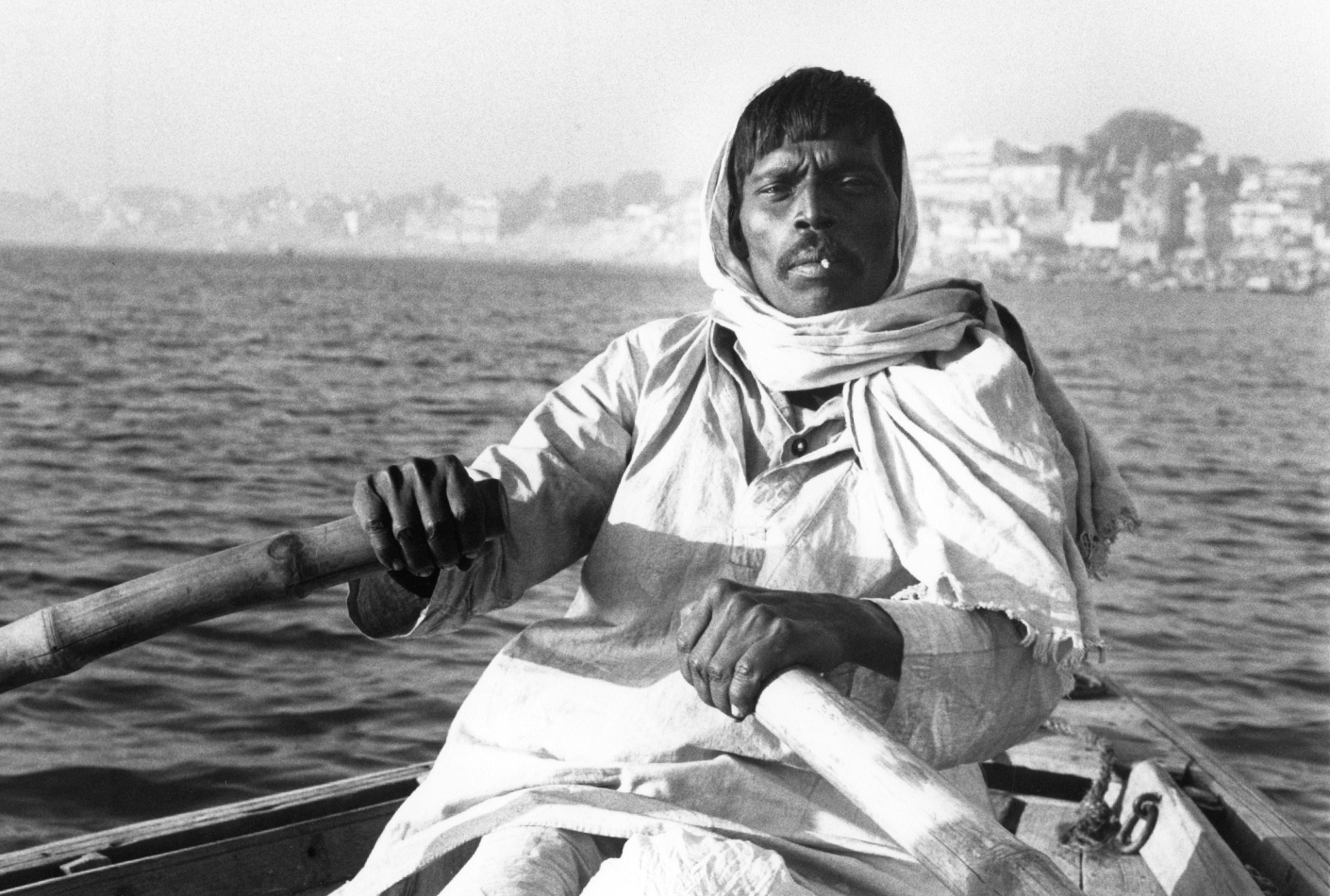Forest of bliss
USA | OmeU
“I thought that the audience would not simply wait for the mysteries to be dispelled but would come up with their own solutions, supply their own answers, and so, in that way, they would be doing their own anthropology … I would be content if they merely registered the facts: fires, scales, boys, kites, thermals. I’m confident that they would then, at some level of their imagination, work out their meaning.” (Robert Gardner)
Unlike most directors, the American Robert Gardner combined documentary filmmaking with a poetic formal idiom. His masterpiece FOREST OF BLISS about life and death in Benares, the Hindu holy city, radically links artistic subjectivity with the sensitive observation of other cultures. With no dialogue or narrative, the film reflects on the “other” in the form of a mythological world. This new approach earned him much criticism from anthropologists, especially in the US. The “Gardner case” became a hot topic in debates about forms of ethnographic filmmaking and the scientific standards involved.



